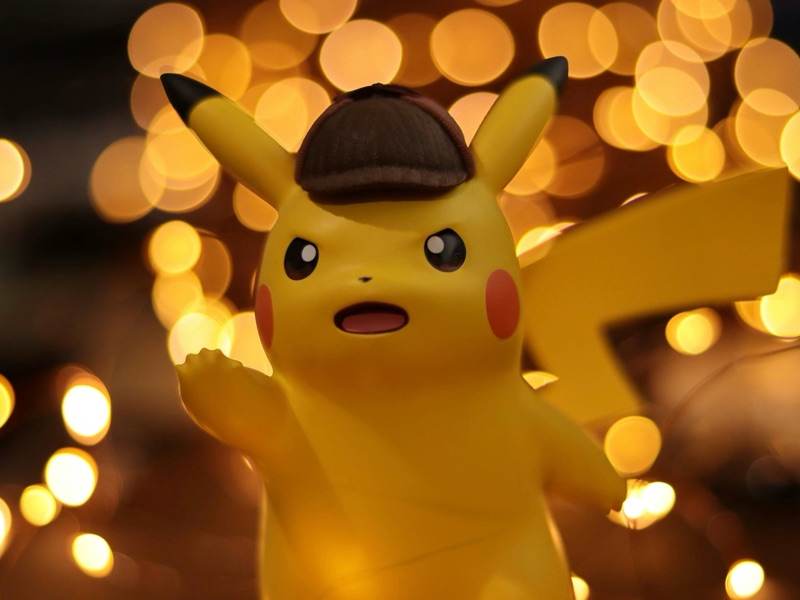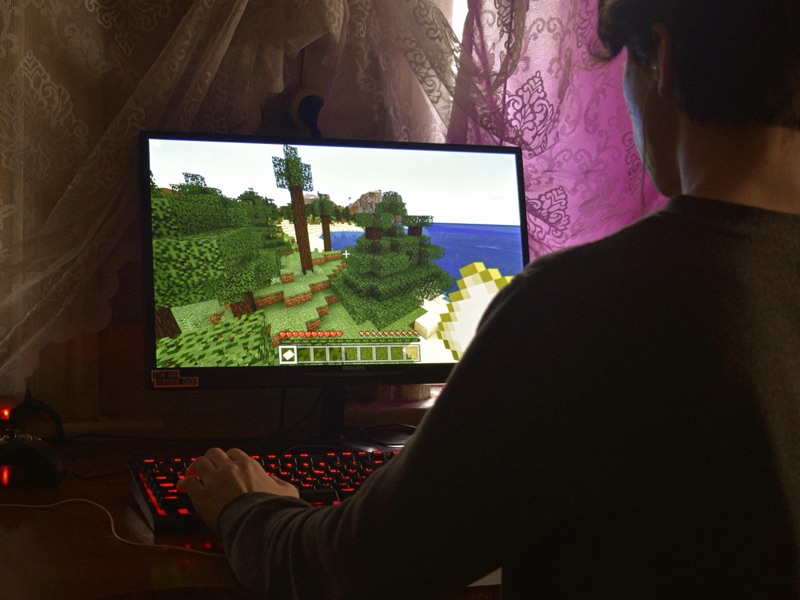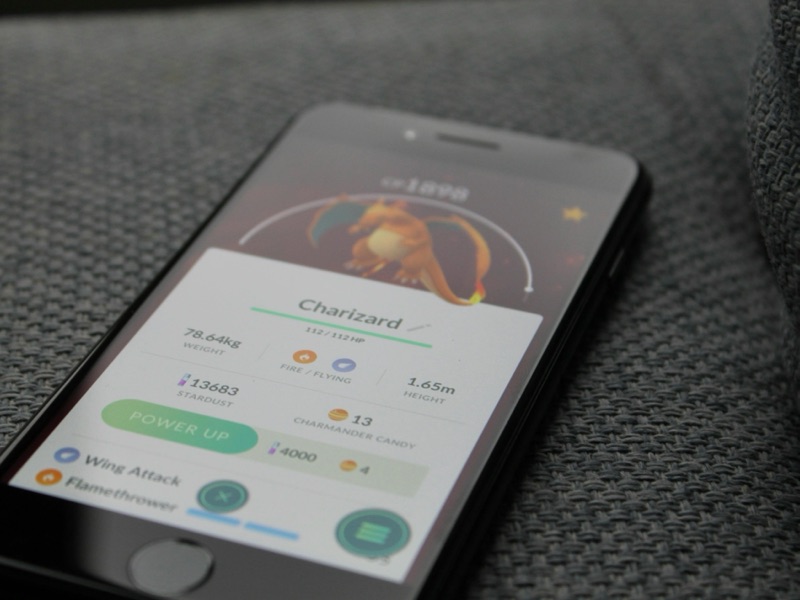In the ever-evolving world of video games, few titles manage to achieve long-term cultural relevance. Yet some games not only break into the mainstream but stay there, outlasting trends, consoles, and even generations of gamers. Two titans of this rare phenomenon are Minecraft and Pokémon GO. Launched in 2009 and 2016 respectively, both games continue to boast thriving communities and robust revenues. But what makes them so enduring? Let’s break down the magic behind their lasting success.
Minecraft: Building Blocks of Immortality
1. Infinite Creativity and Freedom
At its core, Minecraft offers players a blank canvas. The sandbox format allows for infinite creativity—whether you’re building a simple cabin, recreating the Eiffel Tower, or developing full-scale working computers using Redstone. This user-driven content has proven to be a cornerstone of its appeal.
The game’s procedural generation ensures no two worlds are the same. Players are empowered to create their own adventures, which keeps the game fresh over time. This creative autonomy is especially attractive to younger players, educators, and modders.

2. Community and Modding Culture
Minecraft thrives on community. From YouTube tutorials and Twitch streams to mods and multiplayer servers, the ecosystem around the game is as alive as the game itself. Platforms like Minecraft Realms allow players to share their worlds easily, encouraging social interaction.
Modding has extended the game’s lifespan significantly. With mods like Pixelmon, SkyFactory, and RLCraft, the community has transformed Minecraft into a platform rather than just a game.
3. Educational Adoption
Minecraft: Education Edition, launched in 2016, found its way into classrooms across the globe. The game teaches everything from basic coding to history, urban planning, and teamwork. This institutional backing gives Minecraft a unique foothold that few games can claim.

4. Numbers Don’t Lie
As of 2024, Minecraft has sold over 300 million copies, making it the best-selling video game of all time. The game has over 140 million monthly active users, spanning nearly every continent and age group.
Pokémon GO: Augmented Reality, Real-World Magic
1. Pokémon Nostalgia and Brand Power
When Pokémon GO launched in July 2016, it tapped into a decades-old global phenomenon. The Pokémon franchise, which began in 1996, had already sold hundreds of millions of games and trading cards. The app didn’t just capitalize on nostalgia; it reignited it with a modern twist.
According to Niantic, Pokémon GO had over 500 million downloads within its first year, and as of 2023, it had crossed 1 billion downloads globally.

2. Augmented Reality and Real-World Exploration
The genius of Pokémon GO lies in its ability to merge the digital and physical worlds. Players must physically walk to find and catch Pokémon, battle in gyms, and complete research tasks. This unique use of augmented reality (AR) was groundbreaking in 2016 and still offers an unmatched interactive experience.
The game encourages exercise, exploration, and even tourism. Cities have seen increased foot traffic thanks to in-game events. Parks, monuments, and public spaces become hotspots for community gatherings, often drawing hundreds or thousands of players at once.
3. Social Features and Live Events
Community Days, Raid Hours, GO Fests, and special limited-time events have made the game not just a solitary experience but a social one. These events frequently trend on social media, with players coordinating meet-ups and celebrating rare catches together.
Niantic’s focus on community building has led to an ecosystem where strangers become teammates and neighborhoods become game boards.
4. Ongoing Development and Innovation
Niantic has continuously updated the game, adding new generations of Pokémon, PvP battling, trading, weather mechanics, AR snapshots, and themed seasonal content. These updates keep the game dynamic and aligned with fan feedback.
5. Revenue and Engagement
In 2020 alone, Pokémon GO earned $1.23 billion, its highest annual revenue yet, defying expectations four years after launch. Even during the pandemic, Niantic adapted the game to be more playable indoors and with less travel.
As of mid-2024, Pokémon GO still had over 70 million monthly active users, maintaining a loyal and active player base.

Shared Success Factors
Despite being vastly different in gameplay, Minecraft and Pokémon GO share several success factors:
- Accessibility: Both games can be enjoyed by players of virtually any age. Minecraft has versions for everything from mobile phones to VR headsets. Pokémon GO works on most modern smartphones.
- Community-Centric Design: Whether through shared servers or public raids, both games emphasize interaction—either through cooperation or competition.
- Longevity Through Updates: Regular updates and expansions have kept content fresh. Neither game rests on its laurels.
- Cross-Generational Appeal: Parents play with their children. Teens collaborate with adults. The wide demographic appeal helps both titles maintain relevance.
Conclusion: Pixel Power and Pocket Monsters in the Modern Age
Games come and go, but few become part of the cultural fabric. Minecraft and Pokémon GO have not only survived but thrived by staying true to what makes games great—freedom, creativity, and connection. Their longevity is no accident. It’s a testament to smart design, continuous innovation, and the simple joy of playing together, whether in blocky landscapes or among virtual creatures hiding in plain sight.
If the past is any indication, these games won’t just fade away. They’ll evolve—just like a Charmander into a Charizard, or a humble dirt hut into a diamond castle.